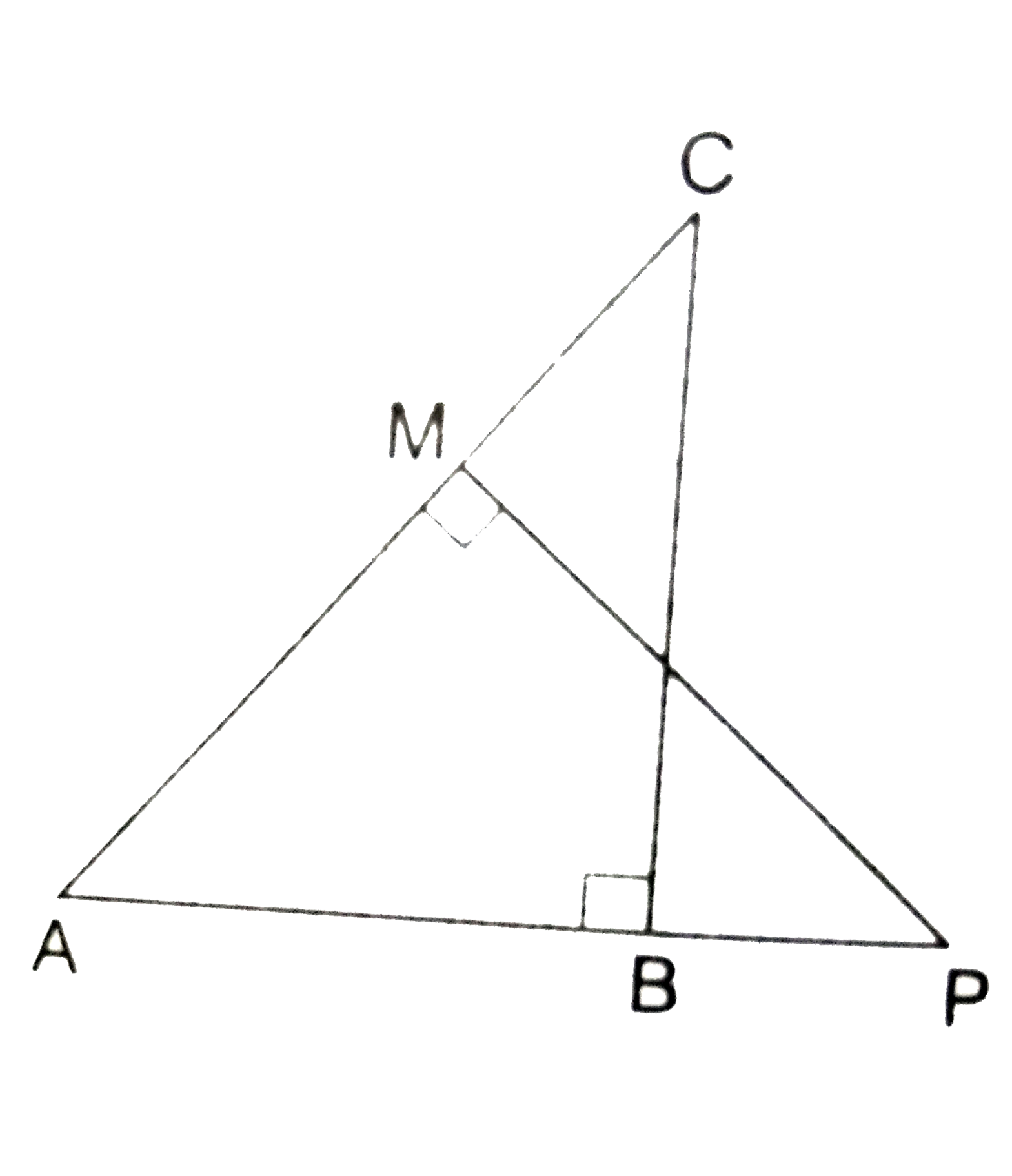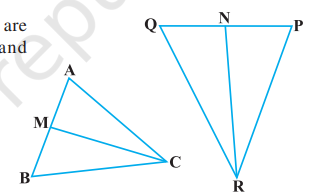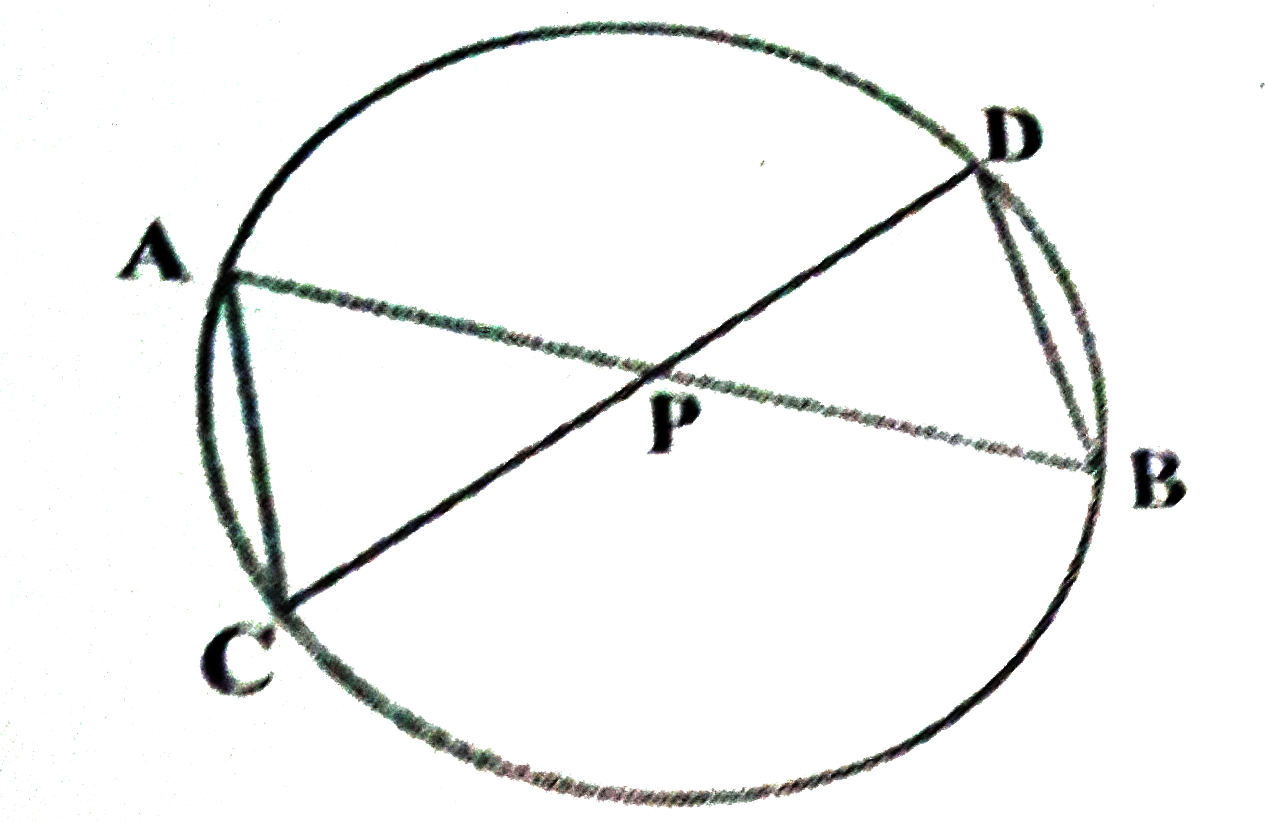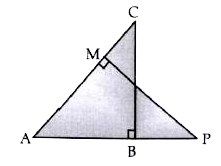In figure ABC and AMP are two right triangles, right angles at B and M respectively. Prove that (i) ΔABCΔAMP (ii) CAPA=BCMP
Step by step video & image solution for In figure ABC and AMP are two right triangles, right angles at B and M respectively. Prove that (i) DeltaA B C DeltaA M P (ii) (C A)/(P A)=(B C)/(M P) by Maths experts to help you in doubts & scoring excellent marks in Class 10 exams.
Updated on:21/07/2023Topper's Solved these Questions
- TRIANGLESBOOK - VK GLOBAL PUBLICATIONCHAPTER - TRIANGLESEXERCISE - LONG ANSWER QUESTIONS
18 Videos
- TRIANGLESBOOK - VK GLOBAL PUBLICATIONCHAPTER - TRIANGLESEXERCISE - HOTS (High Order Thinking Skills)
7 Videos
- TRIANGLESBOOK - VK GLOBAL PUBLICATIONCHAPTER - TRIANGLESEXERCISE - SHORT ANSWER QUESTIONS-I
12 Videos
- REAL NUMBERSBOOK - VK GLOBAL PUBLICATIONCHAPTER - REAL NUMBERSEXERCISE - Self -Assessment Test
11 Videos
- VALUE-BASED QUESTIONSBOOK - VK GLOBAL PUBLICATIONCHAPTER - VALUE-BASED QUESTIONSEXERCISE - Unit-VII : (Statistics & Probability)
8 Videos
Similar Questions
Knowledge Check
If in a triangle ABC, right angled at B, s-a=3, s-c=2, then the values of a and c are respectively
A2,3B3,4C4,3D6,8ABC is a right angled triangle. B being the right angle. Mid-points of BC and AC are respectively B' and A'. Area of ΔA'B'C' is
A12×area of ΔABCB23×area of ΔABCC14×area of ΔABCD18×area of ΔABCIn a triangle ABC, right angled at C, the value of cot A + cot B is
Ac2abBa+bCa2bcDb2ac
In the given figure, ΔABCandΔAMP are right- angled at B and M respectively.
Prove that (i) ΔABC≈ΔAMP
(ii)CAPA=BCMP

View Solutionif in triangle ABC right angled at C then tanA+tanB
View SolutionIf AD and PM are medians of triangles ABC and PQR, respectively whereΔABC~ΔPQR, prove that ABPQ=ADPM
View SolutionIn figure Cm and RN are respectively the medians of ΔABCand ΔPQR. If ΔABC~ΔPQR, prove that:
(i) ΔAMC~ΔPNR
(ii) CMRN=ABPQ
(ii) ΔCMB~ΔRNQ

View SolutionIn Figure, two chords AB and CD intersect each other at the point P. Prove that:
(i) ΔAPC~ΔDPB
(ii) AP⋅PB=CP⋅DP

View Solution

